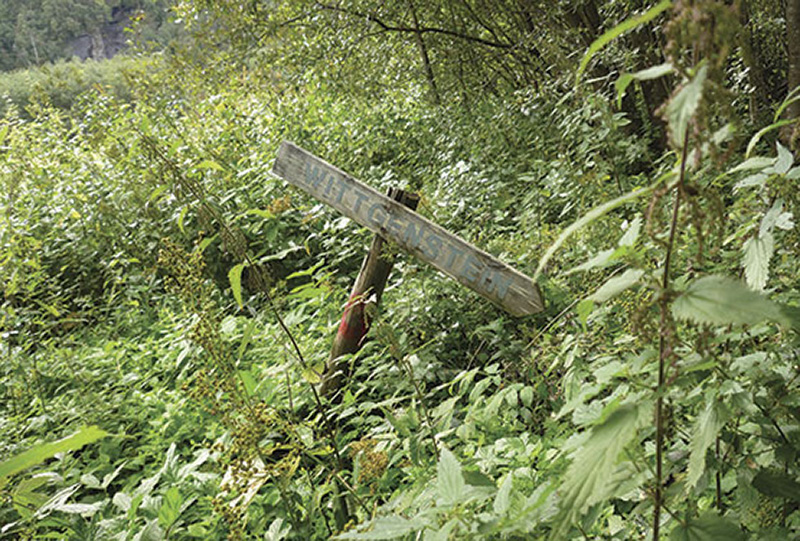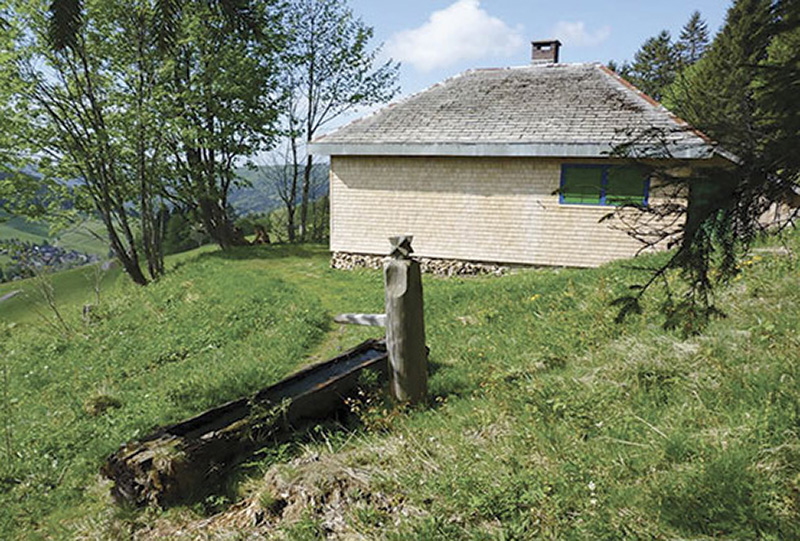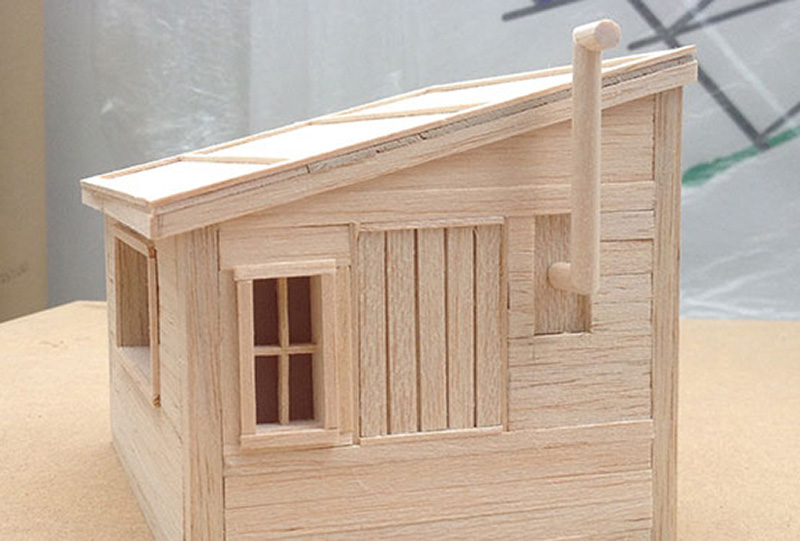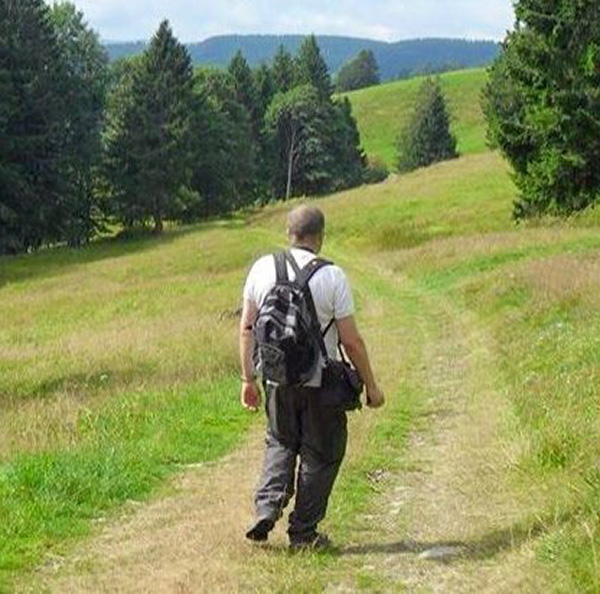THINKING PLACE
A creative project exploring the nature of specific spaces that philosophers have used in order to think and write





WALKING DOWN TO HEIDEGGER'S HUT IN THE BLACK FOREST, GERMANY
Mark Riley is an artist, writer, and academic. He is a Senior Lecturer in Photography at University of Roehampton, London. Mark completed a BA (Hons) in Sculpture at Central School of Art and Design in 1985, an MA in Fine Art at Central St Martins in 1997, and a PhD in Philosophy at Goldsmiths College (University of London) in 2005.
Installation projects have been exhibited at Manchester Metropolitan University (2005) and The APT Gallery in London (2007). He has contributed a chapter entitled Disorientation, Duration and Tarkovsky to Schizoanalysis and Cinema (edited by Ian Buchanan and Patricia MacCormack) and published by Continuum in 2008.
Most recently, he has exhibited the installation project, Thinking Place – Reimagining Wittgenstein’s Hut at the Oxford House Gallery, London, in April 2016. He has also contributed a book chapter entitled Place as Palimpsest: Paul Celan and Martin Heidegger and the Haunting of Todtnauberg to the publication Haunted Landscapes: Super-Nature and the Environment (part of the series Place, Memory, Affect), edited by Ruth Heholt and Niamh Downing, and published by Rowman Littlefield International in November 2016.
He is currently exhibiting work in the Machines à Penser exhibition at Fondazione Prada Venice (26 May – 25 Nov 2018) as part of the Architecture Biennale and has written for the gallery publication.